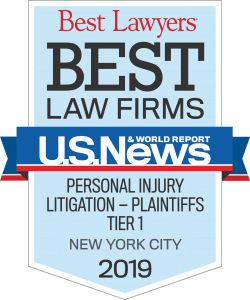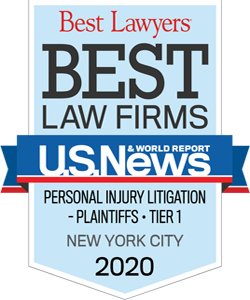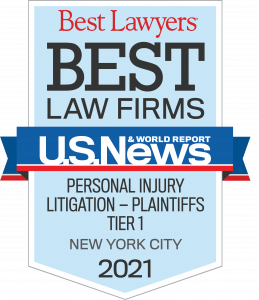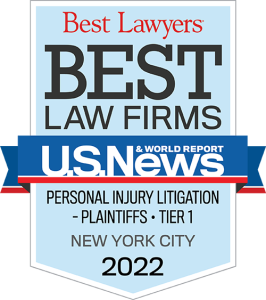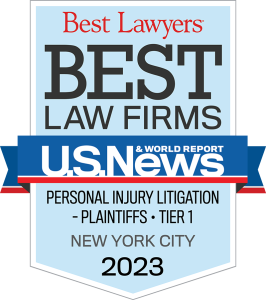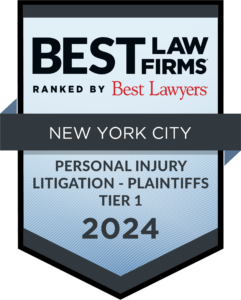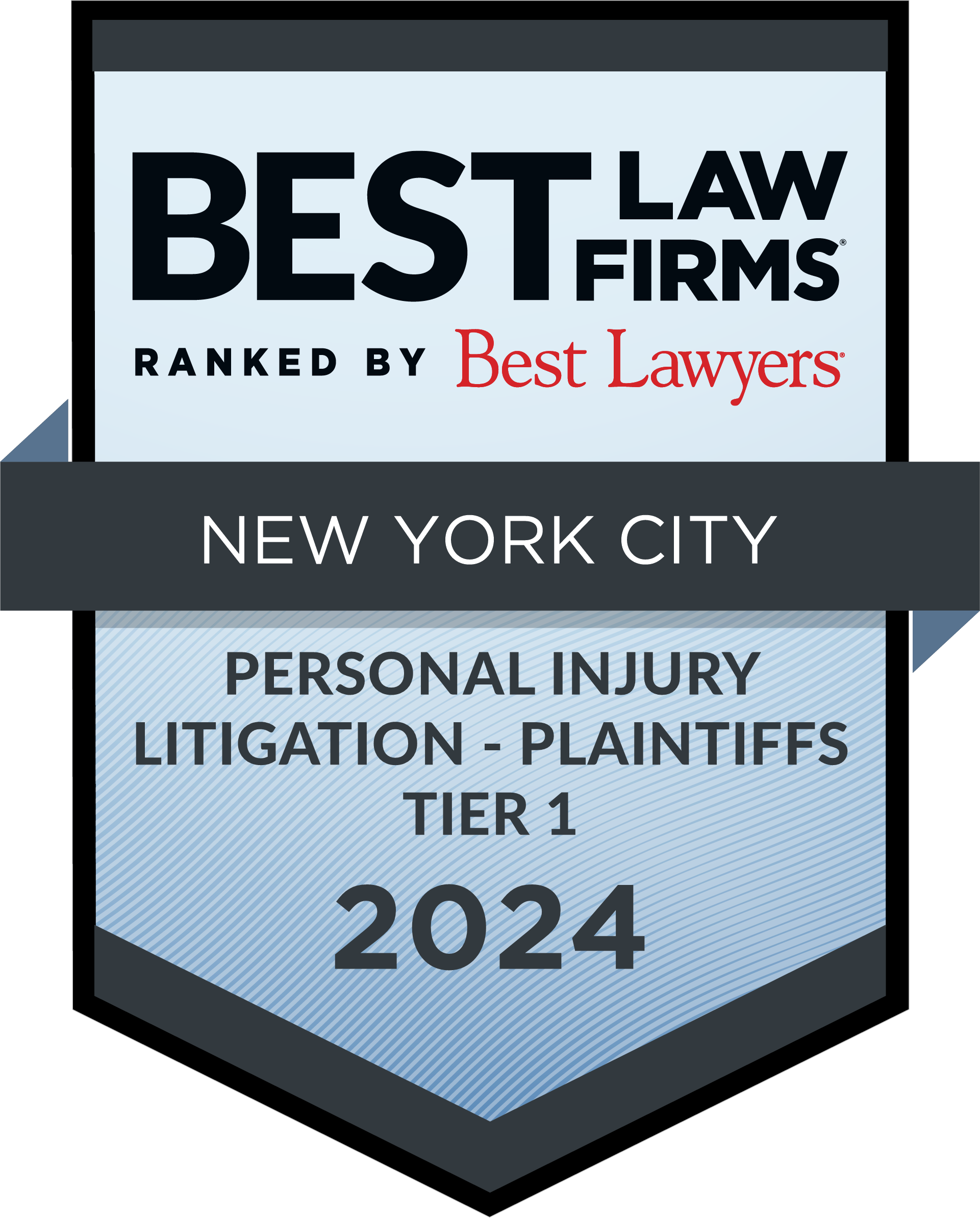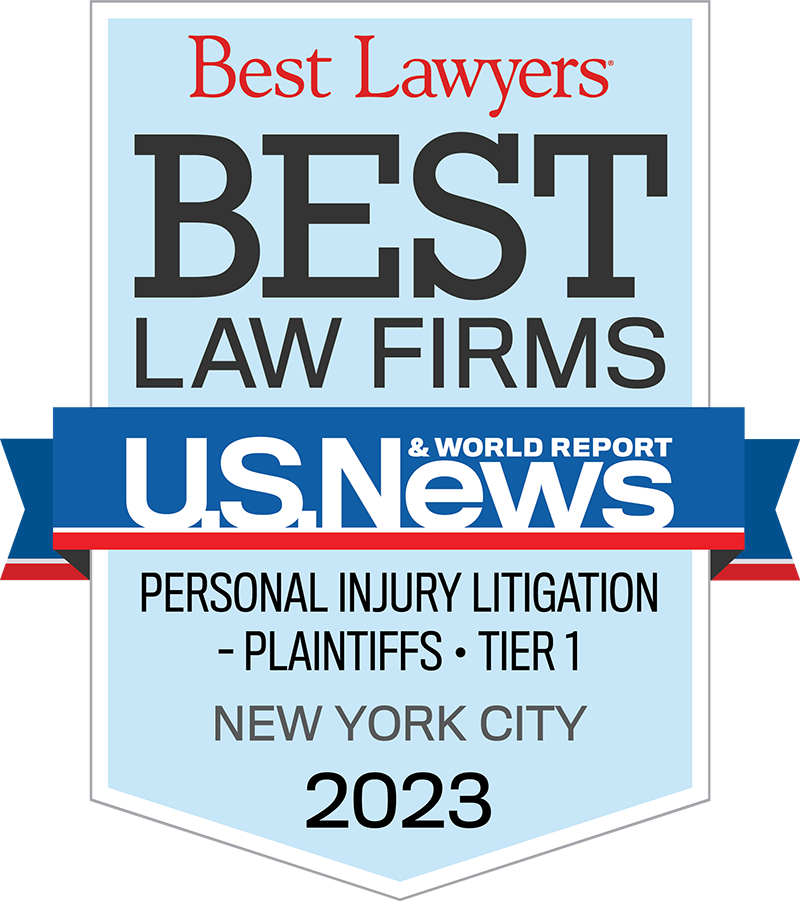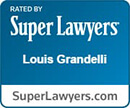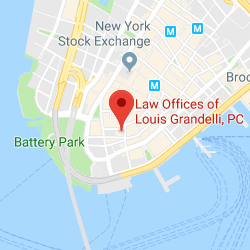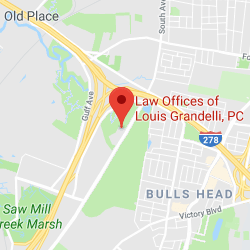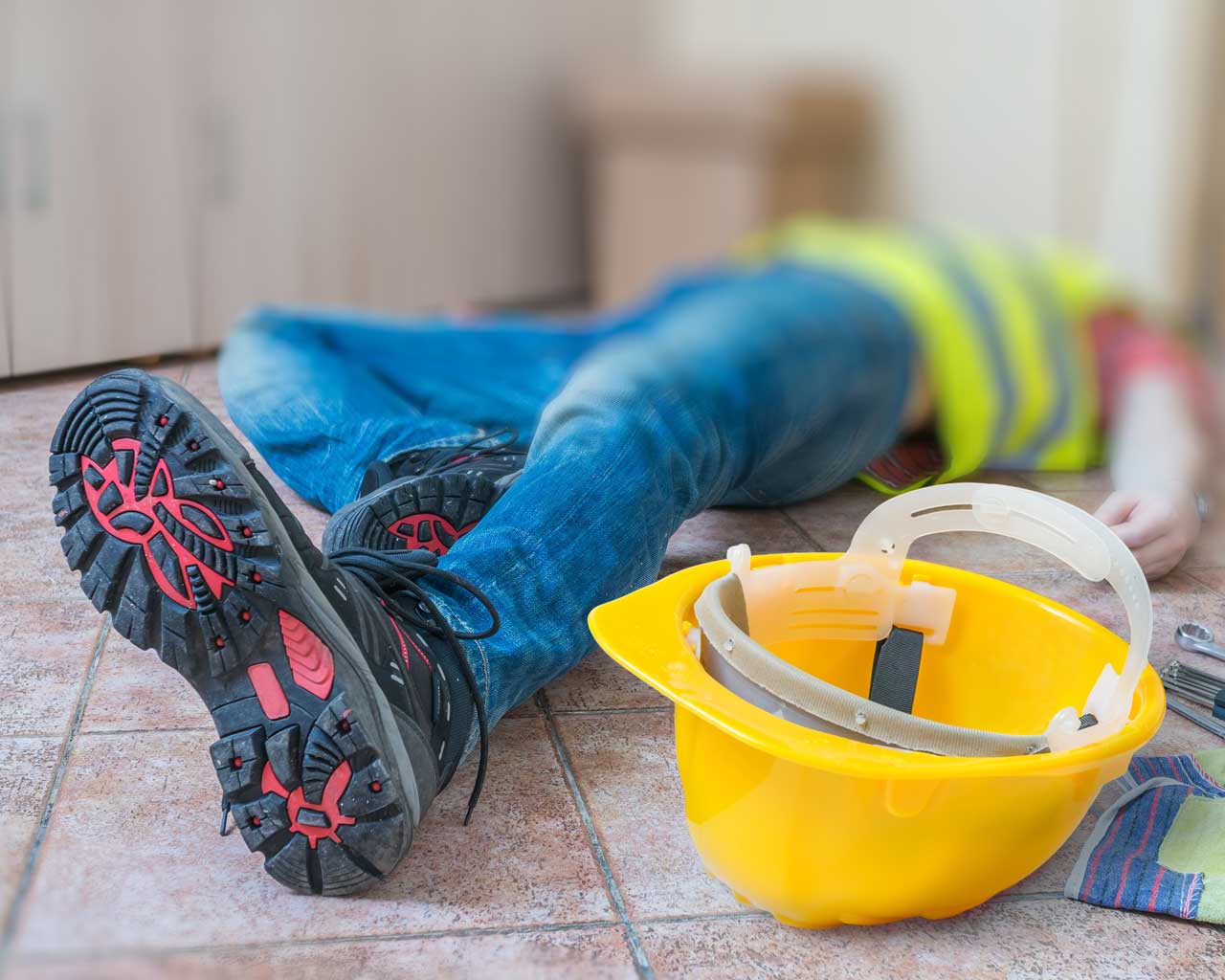
Grandelli & Eskenasi recently obtained a $22.9 million settlement for a worker in Staten Island, who was installing security cameras at an elevated height, without having been provided with proper equipment for the job. In order to access the roof line of the building to perform the task, the worker was only given access to two A-frame ladders which were not sufficient to safely reach the work area. Grandelli & Eskenasi successfully proved, with the assistance of an expert in construction site safety standards, that the worker should have been provided with a more secure device, with a platform and rails, such as a man-lift or scaffold to perform his work. Further, the worker was also not provided with any other safety devices such as a harness or fall arrest system.
Grandelli & Eskenasi initiated a lawsuit on behalf of the injured worker, alleging, inter alia, that the defendants violated Labor Law 240(1). Labor Law Section 240, also known as the “Scaffold Law”, provides construction workers in New York with protections relating to their work at elevated heights or their work involving the risk of falling objects. The statute places strict liability on owners and contractors who fail to give workers adequate safety equipment, including, but not limited to, scaffolds, hoists, ladders, hangers, slings, ropes, and pulleys. In determining the statute’s applicability, a court will determine whether the injury sustained by the worker is the type of elevation-related hazard to which the statute applies, including whether the worker’s injuries were a direct consequence of the failure of the owner or contractor to provide adequate protection against injury resulting from a fall or a falling object. The type of work that is covered under the Scaffold Law is specifically enumerated in the text of the law: “erection, demolition, repairing, altering, painting, cleaning, or pointing of a building or structure.” In this regard, the owner or contractor can try to avoid strict liability by arguing that the type of work being performed by the injured worker did not fall under any of the enumerated activities. The owner or contractor can also try to avoid strict liability under this statute by proffering evidence that it was the worker’s own negligence that was the sole proximate cause of the worker’s injuries. However, New York courts have routinely rejected such a defense where the worker’s negligence merely consisted of comparative negligence.
The defendants, in this case, attempted to argue: (1) that the worker was not performing any of the enumerated activities under the Scaffold Law; (2) that the safety devices provided to the worker and/or available to the worker were sufficient for the work; and (3) that the worker failed to request or accept help in holding the ladder. The Court rejected these arguments and granted the plaintiff summary judgment on liability – holding the defendants strictly liable for the incident.
If you or someone you know has been injured in a workplace accident involving possible Labor Law issues, contact the lawyers at Grandelli & Eskenasi are available to discuss your case.

